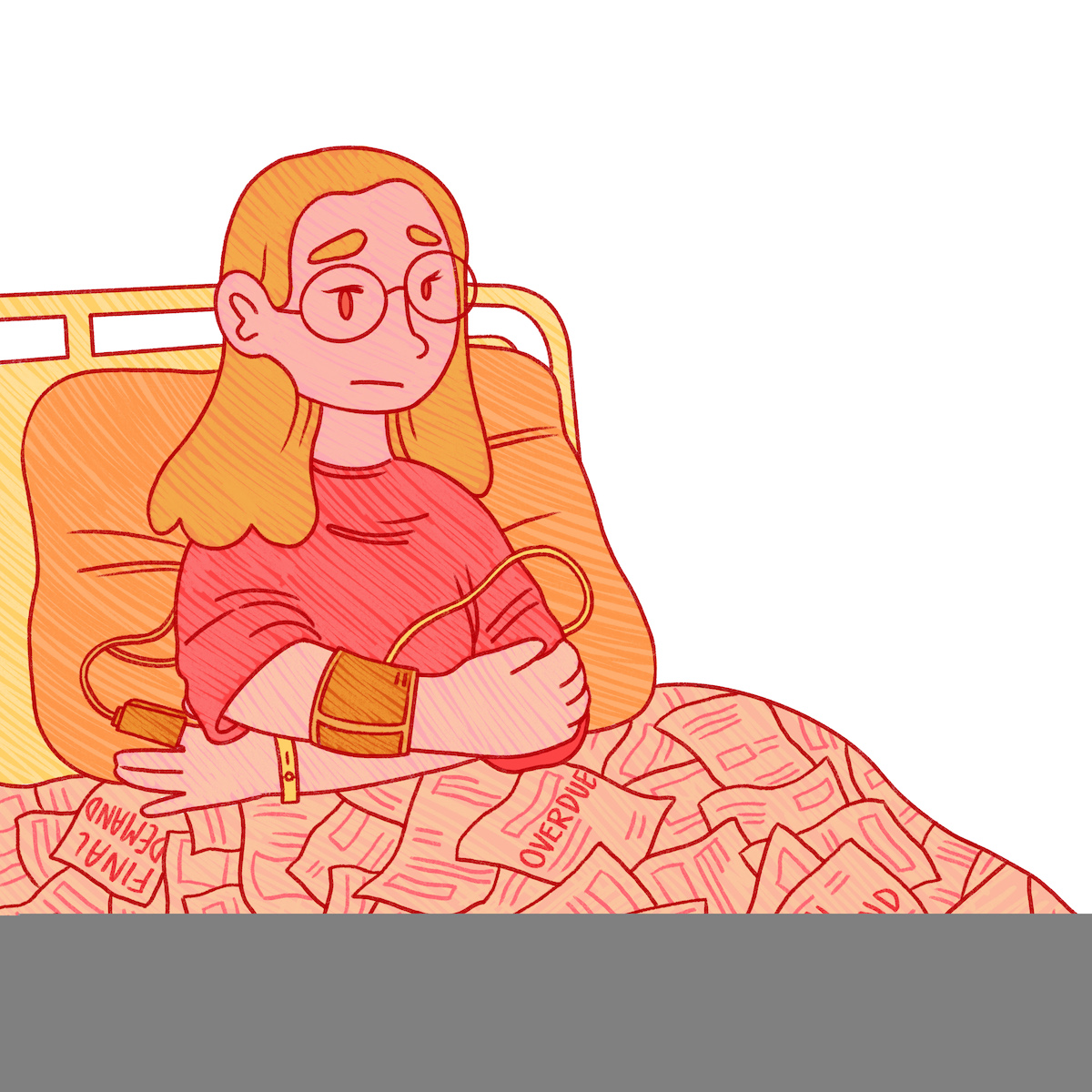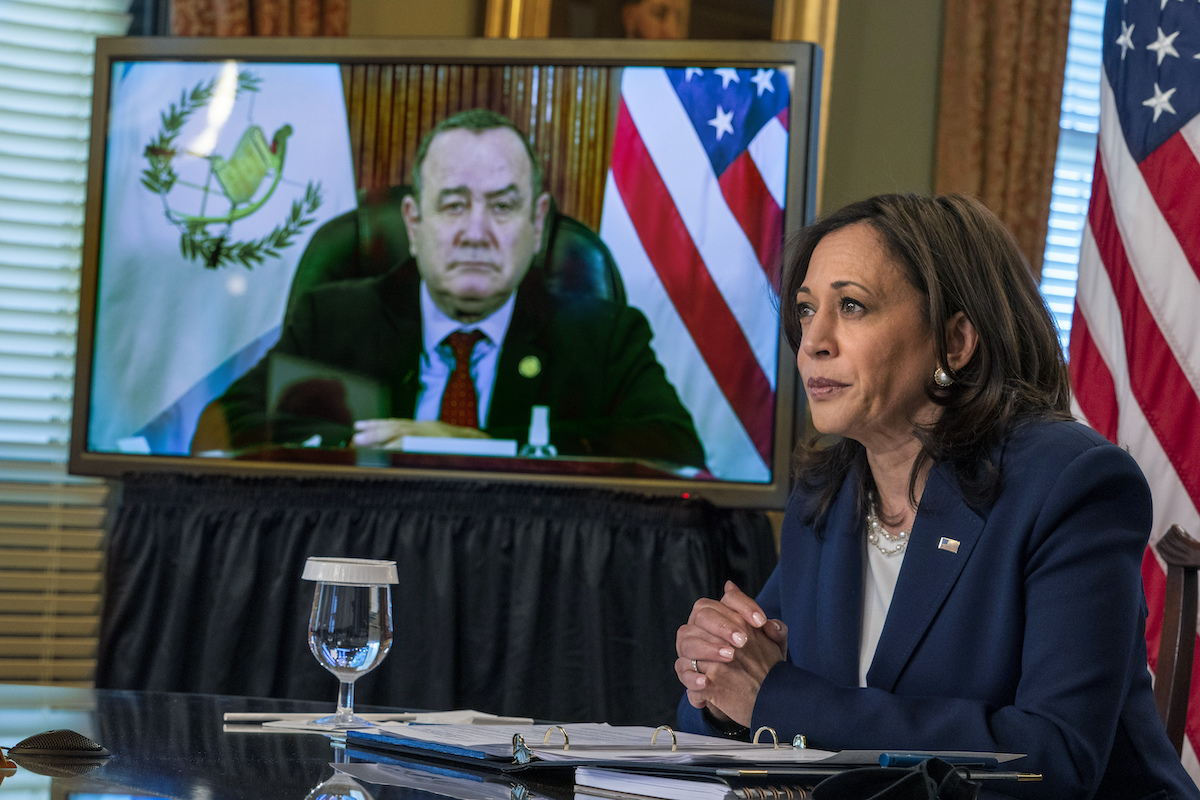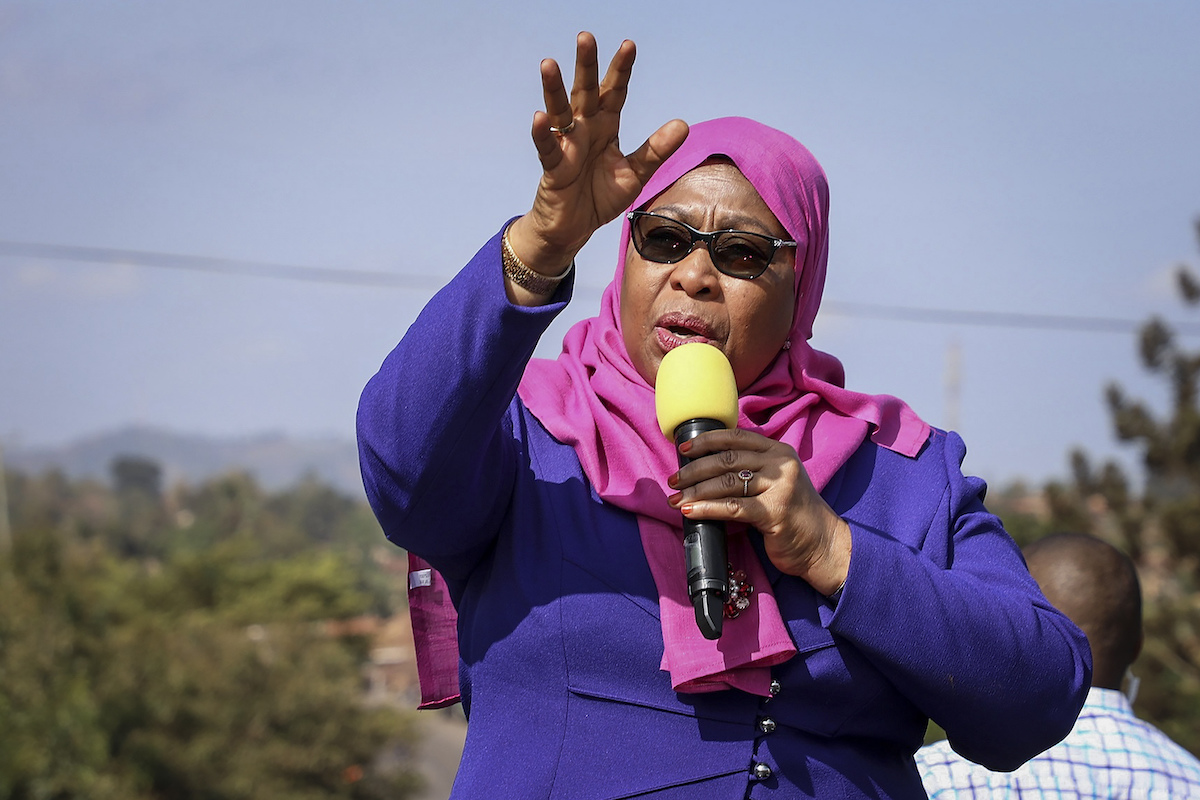It’s long past time we confront the shocking barbarity of medical care in America, and fight to create a healthcare system that serves all of us.
According to the Centers for Disease Control (CDC), the federal government is picking up the tab for everyone who wants and needs a COVID-19 vaccine; everybody in the United States, “regardless of their immigration or health insurance status,” can receive a vaccine free of charge. No healthcare provider may charge you for the vaccine, nor charge you any administrative fees or copays. They may not deny a vaccination to people without health insurance. They may not send a vaccine recipient a bill to make up the cost of their visit that insurance did not pay. This is all perfectly reasonable, and many would say the humane thing to do. So why do we not do the same for all healthcare?
Now, imagine a different world: to receive a COVID-19 vaccination, you first have to ensure your vaccine provider is in-network with your health insurance. If you can’t find an in-network provider, or if you don’t have health insurance at all, too bad—you can still get the vaccine, but you’ll be saddled with a bill that could be hundreds or thousands of dollars; you won’t even know the exact amount until after they send you the bill. Even if you can find an in-network provider, you still have to pay a $20 copay when you get there, as well as an extra $30 for an optional nose swab COVID-19 test and whichever administrative fees your provider decides to invoice for that day. When you enter the office, you’ll be handed a multi-page form with bubbles and boxes and dotted lines to fill out in the five minutes before your appointment. And if, after all that, you can’t afford to get a vaccine, you’ll be shamed for your personal failure to stay healthy.
This is a self-evidently ridiculous scenario, one whose twisting convolutions and bureaucratic pantomime would make Kafka blush. But this is the world we inhabit every time we interact with the American healthcare system. Two-thirds of Americans who file for bankruptcy cite medical debt as a key factor in their decision. A third of American workers have medical debt, and 28% of those with debt have a balance of over $10,000.
Why do we accept this? How have we normalized the idea that someone must pay for medical care—and its logical corollary, that some people cannot afford medical care?
A hospital in the U.S. cannot turn you away in the event of a medical emergency, true. But let’s consider what that really means: an “emergency” is defined as “any incident that is severe or life-threatening,” “any incident where bodily functions or organs are seriously impaired” or “any incident where delivery is imminent in a pregnant woman.” The hospital will still charge you for the full bill afterwards, and you will have to negotiate the full price with them and/or government agencies like Medicaid. And of course, if you’re uninsured and your visit isn’t an emergency, they have no obligation to treat you.
Health insurance in the U.S. is a whole other monstrosity to deal with. To start, according to the Commonwealth Fund, a healthcare research group, private insurance companies (overwhelmingly for-profit) are the primary insurance providers for 67% of Americans. The majority of private insurance coverage comes from employer-sponsored health insurance, which means if you lose your job you also lose the privilege of being treated at a hospital for non-emergencies.
According to the U.S. Census Bureau, 34% of people are covered by various forms of public insurance including Medicare, Medicaid, the Children’s Health Insurance Program (CHIP), etc. These programs are only available to the elderly and the poor, respectively, though that description may be too generous. Specifically, according to the Commonwealth Fund, Medicare covers everyone over the age of 65 (with varying levels of care covered) and some younger people with long-term disabilities; Medicaid and CHIP cover certain low-income individuals and families, with income eligibility determined by which state you live in. As of 2019, approximately 8.5% of Americans are uninsured.
Speaking from experience with a family member who is currently undergoing end-of-life preparations, these programs are a joke. Medicare is so complex and twisted, with its various parts A-D (some of which still require premiums, by the way) that only cover certain kinds of home health care, long-term hospital care and hospice care with strict requirements and limits on what kind of care you get and for how long. And don’t get me started on Medicaid, which is so narrowly targeted that the “Medicaid gap” is a household phrase in healthcare discussions.
Compare this to the British National Health Service (NHS), which replaced private insurance in 1946 and provides free public health insurance to every British resident and provides most health services completely free at the point of use. The NHS is funded primarily through general taxation. This system is not perfect, and there are ways it could be improved, but it is a start. It’s obviously better than the American system, if only for the fact that every single British citizen automatically has access to healthcare, something that cannot be said for Americans.
Healthcare precarity is only one part of the widespread precarity that working people face under capitalism, and a public healthcare system can only address that one part. But until the communist revolution comes, it’s worth it to fight to improve our lot in any way possible, especially for something as life-or-death as access to healthcare. Medicare for All is the only escape from the barbarity of refusing some people medical care because of their income.
The COVID-19 vaccination campaign in the U.S. is probably the closest thing most Americans have ever had to an experience with a public health system. No matter who you are or what your income is, you can get the same vaccines as everyone else, and you won’t be charged a cent for it. We’ve mobilized this country in the largest public vaccination drive in our history, and in doing so, we may have just paved the way for a broader restructuring of our healthcare system: a public healthcare regime that works for all of us, not just the few.





